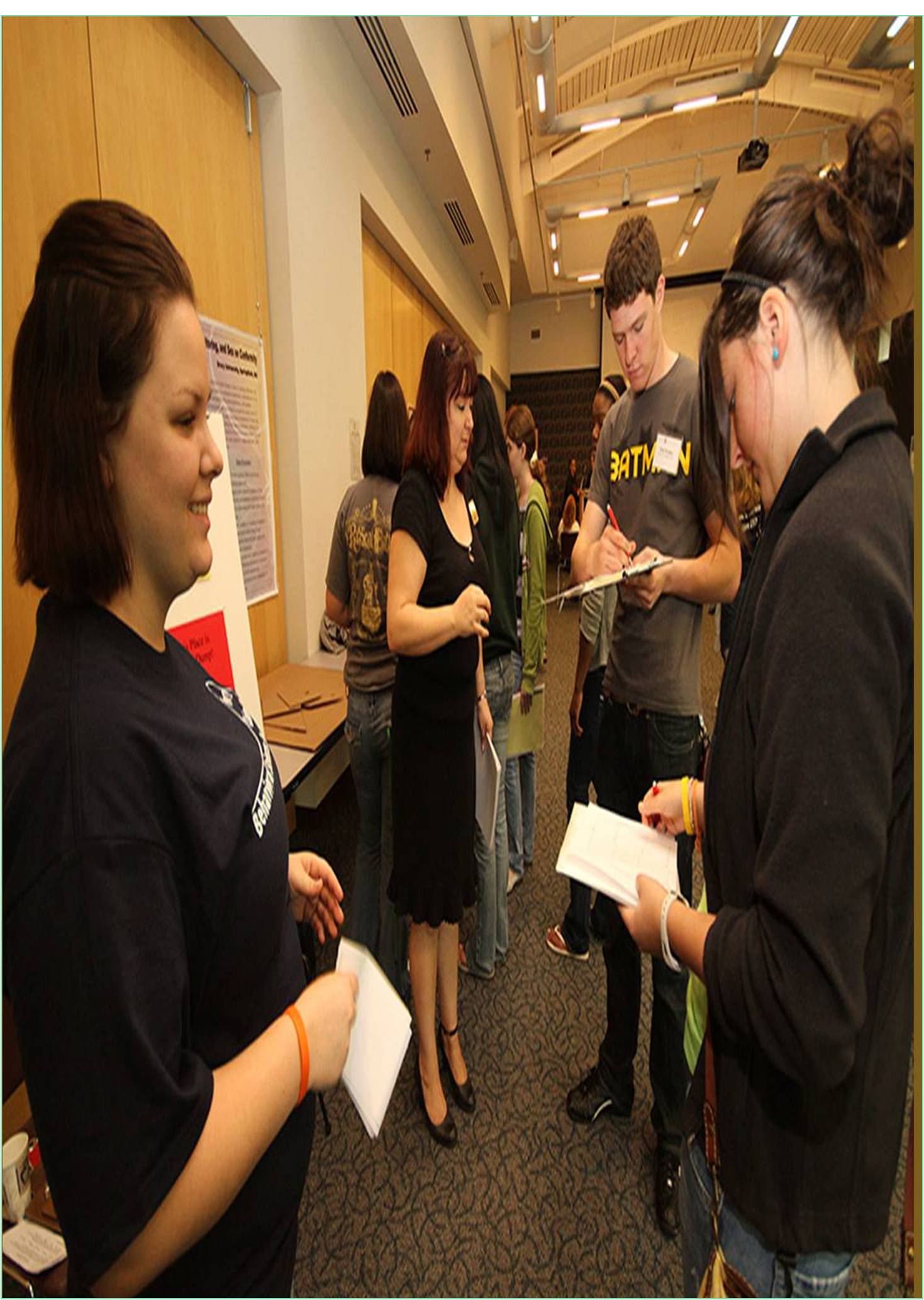



Received: 10-Jun-2021 Published: 01-Jul-2021
Family could be a major driver of migration. Family migration is that the term accustomed categorise the migration of individuals World Health Organization migrate because of new or established family ties, Associate in Nursing it encompasses many sub-categories: conjugation with a loved one World Health Organization migrated earlier (a person with subsidiary protection is additionally entitled to (re)unite with family members); family attendant a principal migrant; wedding between Associate in Nursing migrant and a citizen; wedding between an migrant and a foreigner living abroad; and international adoptions. In general, knowledge on family migration area unit thin and family (re)unification programmes area unit the predominant suggests that to gather such knowledge. These programmes were developed to confirm the proper to a family enshrined in Article sixteen of the Universal Declaration on Human Rights. knowledge on family migration area unit supported visas and residence permits issued to members of the family, similarly as population registers. The case of Elián González (the five-year-old Cuban boy World Health Organization was found floating within the Atlantic Ocean in Gregorian calendar month 1999 when a ship carrying him, his mother, and different migrants folded on the way to the U.S.) sparked national attention to the movement of youngsters across national borders.
Elián’s case was uncommon, particularly the approach during which his “alien” presence was embraced and celebrated by abundant of the U.S. public. The eye it received helped to create visible children’s numerous positions as “dependents” in families, as members of a social and legal status class, and as political actors with their own desires, rights, and needs. It conjointly light the complicated problems that migrant families face once they area unit divided across government borders, with children’s futures doubtless settled in 2 or a lot of places.
The world organisation Convention on the Rights of the kid and also the International Convention on the Protection of the Rights of All Migrant staff and Members of their Families enshrine the proper to family conjugation. three additionally, the ecu Convention on Human Rights includes protection of family life and also the right to marry, whereas Directive 2003/86 of the Council of the ecu Union affirms the proper of third country nationals to family conjugation. However, these Conventions area unit taken through the lenses of national immigration policies that, crafted within the context of historical, political, economic, and social phenomena, establish the parameters of migrant inclusion and exclusion and facilitate to construct the image of the “desirable” migrant. major trends still inform migration policies across numerous immigrant-recipient countries.
First, the move, since the Nineteen Eighties, to managed migration that has semiconductor diode to a proliferation of migrant categories—each with specific necessities and constellation of rights—and all freighted with neoliberal notions of productivity and price as embedded in human capital theory.
Second, the growth of racism and social phobia in its numerous guises that has intense since 9/11 and has been three bolstered a lot of recently by the multiple expatriate crises round the globe.
Resultantly, immigration, together with family migration, has become a lot of restrictive, reckoning on status, skill-level, age, and income, among different variables Children might aid and encourage the settlement and assimilation of migrant families, even whereas conjointly taking part in a vital role to keep oldsters connected to their homelands. this can be very true once a direct family is split, with some kids in every country; in those cases, as others have shown (Olwig 1999; Soto 1987), kids function social, emotional, and economic “linchpins” for households that span multinational borders. however even once all kids sleep in the U.S., families might maintain ties with the house country for the sake of their kids. they'll try this for a variety of reasons: as a result of they need their kids to grasp and worth their relatives, their roots, and their home language; as the way of marking deliberate “difference” from the thought U.S. (especially clear within the Yemeni case); as a result of oldsters need to be able to invoke “transnational disciplining”; or just to stay open a variety of choices to supply for his or her children’s varied desires and future prospects. Finally, oldsters might sustain ties “back home” as a result of their kids evoke, or hunt down, such connections. Scholars World Health Organization ignore children’s presence and participation in processes of migration, framing them as baggage that weighs down adult migrants, neglect a central axis of family migration, and a vital reason why families move across national borders and sustain multinational ties. Adult-centered studies of migration conjointly obscure ways in which during which kids actively form the character of their families’ journeys, the areas they move in, and their experiences inside those social fields. And in shaping those journeys, the kids of immigrants form their own trajectories similarly.